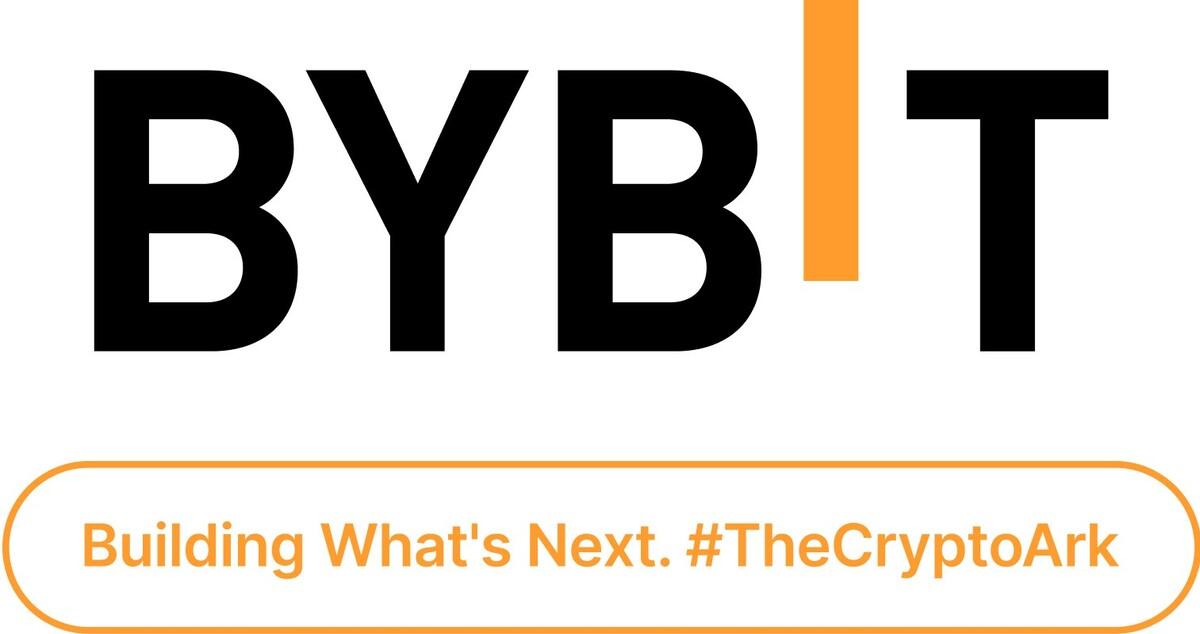Key Points:
- The SEC is determined to regulate the crypto industry, using the Howey Test to determine if transactions qualify as investment contracts and fall under securities regulations.
- The Howey Test consists of four elements: a financial investment, a common enterprise, the expectation of profit primarily from the efforts of others, and derived from the efforts of others.
- Its application has implications for the classification and regulation of digital assets, including cryptocurrencies and ICOs.
The crypto market recovered from its steep losses in 2022 in the first half of 2023. Yet, the current crypto winter has revealed flaws in digital currency markets, including excessive risk-taking, unlawful securities advertising, and blatant fraud.
The Securities and Exchange Commission (SEC) of the United States is more determined to clean up the crypto business. Although some investors think that greater rules would help to legitimate the space, others are afraid that too much governmental intervention may reduce the sector’s decentralized attractiveness. Here is where the Howey Test, a 1940s tool, comes in helpful, helping to clarify the distinction between investment contracts and other financial agreements.

So why is it relevant to debate the Howey Test in 2023, and will it have a significant influence on the crypto industry?
What is the Howey Test?
The Howey Test determines whether a transaction is an investment contract or not. Moreover, the Howey Test determines if the transactions qualify under the Securities Regulation and the Securities Act of 1933, in which case the SEC classifies them as securities.
The Howey Test refers to a case decided by the United States Supreme Court that determines whether a transaction qualifies as an “investment contract” and, as such, is a security subject to disclosure and registration requirements under the Securities Act of 1933 and the Securities Exchange Act of 1934. The SEC v. W.J. Howey Co. test was created by the United States Supreme Court in SEC v. W.J. Howey Co., and it has subsequently been used in countless instances to assess whether certain financial arrangements and offers constitute securities.
W.J. Howey Co. held Florida citrus trees and sold property tracts to investors. A service contract was also provided to the investors, under which W.J. Howey Co would manage, produce, and sell citrus fruits on their behalf, with a share of the earnings going to the investors. It should be noted that the fruits of citrus orchards are unimportant in this context. In this scenario, the investment contract between W.J. Howey Co. and the investors is considered a security.
A transaction must include an investment of capital in a joint enterprise with the assumption that all rewards would come from group efforts, according to the Howey Test. If a transaction meets these criteria, it is classified as a security and is subject to federal securities laws and regulations.
Each contract, plan, or transaction is subject to the test. The Howey Test is critical for locating investors and project supporters for blockchain and digital currency ventures. Under the test, some cryptocurrencies and initial coin offerings (ICOs) may be determined to fit the criteria of an investment contract.
Four elements to define securities
As stated below, the test consists of four main requirements that must be completed in order for a transaction to qualify as a security:
- A financial investment.
- In a common enterprise.
- In the hope of making a profit.
- Derived from the efforts of others.

The first condition is a financial investment, which indicates that transaction participants must be putting their own money at risk. This includes both monetary and in-kind investments.
The second criterion is a shared business, which means that the financial performance of the investors is linked in some way. This may be shown by demonstrating the investors’ resource pooling or dependence on a third party to handle their interests.
The expectation of rewards primarily from the labor of others is the third requirement.
Lastly, the investors are counting on someone else to make a profit for them. Profits created by third-party management, for example, or earnings generated by the efforts of a certain group or organization, might be included.
Impact of the Howey Test for cryptocurrency
Because of their decentralized structure, digital currencies like Bitcoin pose classification issues and are difficult to manage. But, the Securities and Exchange Commission (SEC) is interested in digital assets and wants to know when a transaction qualifies as an investment contract.
The SEC views the selling of digital assets as readily satisfying the “financial investment” standard since there is a transaction involving fiat money or other digital assets. Hence, the “common enterprise” condition is easily fulfilled. Yet, if there is an “expectation of benefit to be received from the efforts of others,” it is often the deciding element.
For example, if buyers of a digital asset depend on the project’s supporters for digital network development and maintenance or if the project’s backers take actions to maintain the asset’s price, the “efforts of others” condition is met. Another approach to pass this criterion is for the project’s supporters to maintain their management engagement.
The SEC’s examples show the factors used to assess whether a digital asset meets the definition of an investment contract. Failure to comply with federal securities laws may result in fines and legal ramifications for crypto firms and investors.

Tokens that do not fit the Howey Test requirements are classified as utility tokens, since they provide access to future goods or services or provide reduced costs. The inclusion of a utility token structure, on the other hand, does not automatically exclude a project from being categorized as a security.
Finally, the Howey Test’s consequences for cryptocurrencies are determined by how authorities apply the test and how crypto businesses structure their offers to comply with securities laws. Crypto situations should be evaluated on a case-by-case basis using the Howey Test. Although properly decentralized cryptocurrencies used exclusively as a means of trade may not be deemed securities, projects that have undertaken Initial Coin Offerings (ICOs) or demonstrate ownership and reliance on a certain entity may raise problems.
Profit-sharing structures, centralized governance in low-adoption initiatives, and considerable promoter influence are all factors that must be carefully considered under the Howey Test. It is critical to compare popular virtual digital assets to this paradigm in order to understand how the SEC perceives them.
What will happen next?
As the crypto industry draws more developers and investors, the SEC’s interest in regulating cryptocurrencies is projected to grow. The Howey Test, which determines whether a token is deemed a security, is often used in the categorization and regulation of digital assets.
If the SEC rules that a cryptocurrency token is a security, it has ramifications for its sale to US investors and necessitates the project’s registration with the SEC. The SEC’s judgment on the DAO tokens in 2017 demonstrated how securities rules might apply to token sales, acting as a warning to the cryptocurrency sector.
Because of the Howey Test, most Initial Coin Offerings (ICOs) will most likely be inaccessible to US investors. Jay Clayton, the former SEC Chair, indicated that every ICO he has seen might be classed as a security.
Entrepreneurs who want to use digital assets like ICOs as part of their startup companies must exercise caution. The rules governing digital assets, as well as the possible punishments, are extensive. Entrepreneurs should get legal advice to guarantee compliance with SEC regulations and prevent expensive infractions.
It’s crucial to remember that rules and regulations change over time, so keeping up to speed on the latest developments and getting expert guidance is critical in navigating the crypto industry’s legal environment.
DISCLAIMER: The information on this website is provided as general market commentary and does not constitute investment advice. We encourage you to do your own research before investing.
Join us to keep track of news: https://linktr.ee/coincu
Harold
Coincu News






















